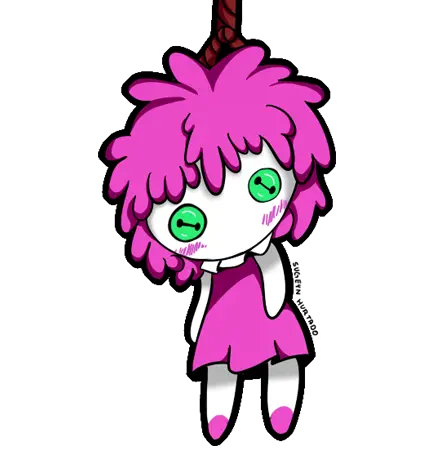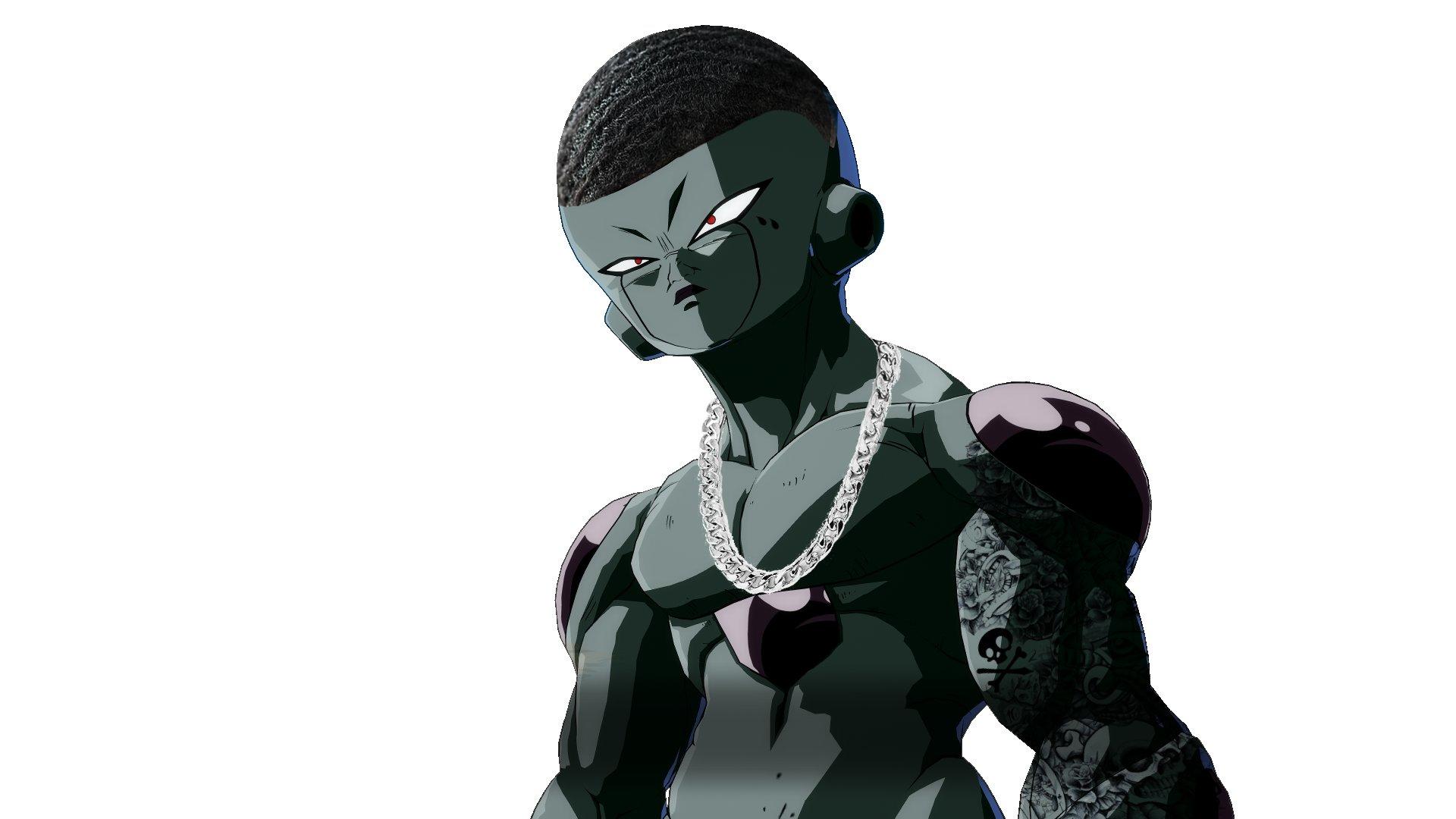ARTICLE TEXT:
Humans’ invention of zero was crucial for modern mathematics and science, but we’re not the only species to consider “nothing” a number. Parrots and monkeys understand the concept of zero, and now bees have joined the club, too.
Honey bees are known to have some numerical skills such as the capacity to count to four, which may come in handy when keeping track of landmarks in their environment. To see whether these abilities extended to understanding zero, researchers trained 10 bees to identify the smaller of two numbers. Across a series of trials, they showed the insects two different pictures displaying a few black shapes on a white background. If the bees flew to the picture with the smaller number of shapes, they were given delicious sugar water, but if they flew toward the larger number, they were punished with bitter-tasting quinine.
Once the bees had learned to consistently make the correct choice, the researchers gave them a new option: a white background containing no shapes at all. Even though the bees had never seen an empty picture before, 64% of the time they chose this option rather than a picture containing two or three shapes, the authors report today in Science. This suggests that the insects understood that “zero” is less than two or three. And they weren’t just going for the empty picture because it was new and interesting: Another group of bees trained to always choose the larger number tended to pick the nonzero image in this test.
In further experiments, the researchers showed that bees’ understanding of zero was even more sophisticated: For example, they were able to distinguish between one and zero—a challenge even for some other members of the zero club. Advanced numerical abilities like this could give animals an evolutionary advantage, helping them keep track of predators and food sources. And if an insect can display such a thorough grasp of the number zero, write the researchers, then this ability may be more common in the animal kingdom than we think.
With the way they tested, couldn’t it just have been the difference between “more white” and “less white” and not an actual numerical understanding?
And they weren’t just going for the empty picture because it was new and interesting: Another group of bees trained to always choose the larger number tended to pick the nonzero image in this test.
It’s the same method but reversed rewards so it could still be that they were attracted because more shapes = more black. Was the ratio of color difference consistent each time or were the shapes random sizes?
I mean that’s just the opposite conditioning. The bees that chose the pictures with more spots were rewarded for choosing the pictures with more spots. So they’d be conditioned to go for the picture with more spots.
How is that different than counting?
thank you king
Hmm, “64%” part irks me. What if statistical error was involved?
64% of the time 10 bees chose 0 is statistically significant but not with a low p-value.
You’d need to invest a lot more time and effort into proving this to get the P-value lower and I don’t expect many institutions are willing to train 1000 bees to try and figure out if they get 0 or not.
Amazing! Thanks for sharing. :-)
I love bees, and now I respect them even more. Glad it was interesting to someone other than me!
thank you so much for reposting the article text in the comments! it’s so much more accessible (fewer taps) this way.
Wait until you find out ants pass the mirror test.
One study found that three species, Myrmica rubra, Myrmica ruginodis, and Myrmica sabuleti have shown potential for self-recognition (Cammaerts and Cammaerts, 2015). When exposed to a mirror, ants of all three species marked with a blue dot would attempt to clean themselves by touching the mark. Similar results were not exhibited when ants were marked with a brown dot, which is the same color as their body. It appears that the ants used their mirror reflection to see the unusual blue dot and attempt to clean it. If true, this behavior would indicate self-recognition.
I didn’t even realize they could see much at all tbh. I thought most of their navigation was through smell! This is a super interesting article!
Amazing, specially considering that gorillas either fight or flee their reflection on mirrors. There are videos on YouTube, quite entertaining btw.
One thing I like to do with my pets when they’re young is play with them through the mirror so they can make the connection that kitty getting their neck scritched is the same kitty getting their neck scritched. There’s nothing more rewarding than the moment they look at you through the mirror, then look up at you directly and then do that little slow eye close showing that they know you are also the same person.
Interesting stuff!
Bees and recent humans:

The bees just thinking more black bad, less black good. No black best. I don’t think it’s actually counting.
I don’t think it’s actually counting.
Right. Pretty racist though.
Lol
They should do a control with 75% of the square covered with one black pip vs 25% covered by five.
No black best
This isn’t the point? That the vast majority of animals don’t have a working concept of “none” or “without” that they can form other logic and correlation with?
They are just avoiding black dude it’s that simple.
You need to be able to count in order to compare levels of black.
That’s definitely not true. You can tell different sized block blobs from one another.
Heh. I’m sure we all know a few of those non-“recent” humans that can’t seem to grasp the concept. I just hope they’re in lower numbers than expected this November. 😶
Found the article just for this part
…recent humans. (Fibonacci introduced zero to Western mathematics around the year 1200.)
A bit different from the bees’ “understanding the concept of zero”.
https://www.newyorker.com/magazine/2023/08/28/is-beekeeping-wrong
This might be hard for you to understand but there might even be zero of them left
Edit
lol, I love how controversial this comment is. The joke was that if there were “zero of them”, it wouldn’t be hard for to understand for anyone. If it’s hard for them to understand, the number of “non recent” humans wouldn’t be zero. It’s a self contradiction, a paradox, what ever. First and foremost it was a joke.
Sounds like a snarky suckjob for genociders to me
Just read the article. 64% is awfully near to 50%. Specially if the number of trials was low.
Its a 28% increase. To me, thats colloquially significant.
Now, I went to the research article. The number of trials (n) was 10. To me, this is not strong evidence. If an independent group would take upon this work and find similar results, I would very much be inclined to change my mind.
10 trials is lot of replication and more than reliable enough. Thats improbable, even for a 50:50. Honestly, I’m quite taken aback that you think 10 repetitions of the same result isn’t strong evidence and it screams that no one would ever be deemed independent enough, unless they found the results you wanted.
If bees had 2 options, by random chance they would go to any of them (i.e. no learning or concept of zero). That’s 50%. The article is based on 10 bees, and only 6.4? chose the correct answer. Ok, I am definitely not understanding this. I would need to re-read it…
I’m not convinced that this represents “understanding the concept of zero” in a nontrivial sense. Are there species that can be taught to pick the picture with fewer shapes but then don’t prefer a picture with no shapes?
CROWS NOW BEES?
Maybe this is just my hippocampus privilege, but I have a hard time imagining the concept of zero as being difficult to comprehend
that’s so interesting. I feel like we humans abuse the ability to choose nothing.
🤔Say more.
I’d rather do nothing useful and continue doomscrolling my Lemmy feed.









